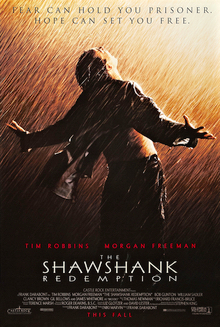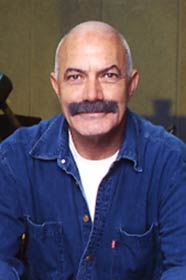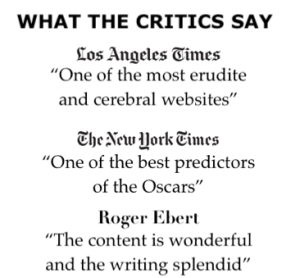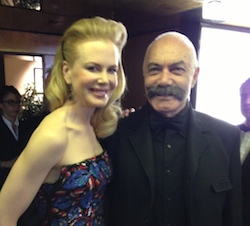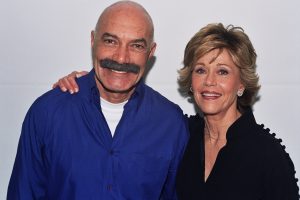
Fir many the film’s greatest scene is the one in which the wrongfully-imprisoned Andy Dufresne (Tim Robbins) emerges, sodden with excrement, from the Shawshank penitentiary.
The Shawshank Redemption is an (over)long film (142 minutes), during which Andy endures vicious beatings, brutal rape, promise of acquittal that’s then cruelly snatched away from him.
Thus, when he finally emerges, showered in rain and illumined by lightning, it’s a liberating act, an ecstatic rebirth.
Tim Robbins originally refused to be immersed in the muddy water at the end of the pipe, as a chemist described it as lethal, but in the end, the actor obeyed and dived into the toxic creek.
Casting:
In the novella, Red is an Irishman, so initially, Robert Redford, Clint Eastwood and Paul Newman were considered for the role.
Tom Hanks was originally offered the role of Andy Dufresne, but he turned it down in order to appear in Forrest Gump, a clever decision that led to his winning a second, consecutive Best Actor Oscar (the previous one was in 1993 for Philadelphia, in which he played a lawyer with AIDS.
Impact of Hoe Videos and DVDs
Upon theatrical release, the film was deemed a box office failure but eventually became one of the highest grossing home video releases of all time.
My Oscar Book:
Oscar Nominations: 7
The film was nominated for 7 Oscars in 1995, the most for Stephen King adaptation:
Best Picture (Marvin)
Best Actor (Freeman)
Best Adapted Screenplay (Darabont)
Best Cinematography (Deakins)
Best Film Editing (Richard Francis-Bruce)
Best Sound (Robert J. Litt, Elliot Tyson, Michael Herbick, and Willie D. Burton)
Best Original Score (Newman, his first Oscar nomination).
Oscar Awards: None
It did not win in any category.
Directed by Frank Darabont
Screenplay by Darabont, based on Rita Hayworth and Shawshank Redemption by Stephen King
Produced by Niki Marvin
Cinematography Roger Deakins
Edited by Richard Francis-Bruce
Music by Thomas Newman
Production company: Castle Rock Entertainment
Distributed by Columbia Pictures
Release dates: Sep 10, 1994 (TIFF); Sept 23, 1994 (US)
Running time: 142 minutes
Budget $25 million
Box office $73.3 million
